The Astonishing Evolution of Trent Alexander-Arnold: From a Defender Who Can’t Defend to an All-Round Player
Imagine assembling the ‘Team of the Season So Far’—a challenging task indeed, especially when considering the exceptional level of performance across the board. Take, for instance, the striker role. The choice between Harry Kane and Erling Haaland would leave many scratching their heads, not to mention other formidable contenders like Victor Boniface, Serhou Guirassy, Ollie Watkins, and many others.
Yet, when we shift focus to the right-back position, there’s a near-unanimous consensus: Trent Alexander-Arnold has arguably clinched this spot. His impact extends beyond the typical confines of his role, propelling him into the conversation as not just the world’s premier right-back but also as a contender for one of the season’s best players globally!
How did Alexander-Arnold, previously scrutinised and labelled a factor in Liverpool’s struggles, transcend to such heights? That’s what I will be trying to explain in this piece!
Debunking the Myth
The narrative that Trent Alexander-Arnold is deficient in defence, often caught out of position, and a liability to Liverpool’s defence needs a closer examination.
The last season saw the Reds concede 47 league goals, the highest since their eighth-place finish in 2015–2016. Many started attributing Liverpool’s defensive shortcomings solely to the back four and, mainly, to Trent. However, this has oversimplified the issue. True, he shares a part of the responsibility, but questioning his overall defensive capabilities is a misjudgment.
The root of Liverpool’s defensive issues last season predominantly lay in the middle of the park. The midfield, regardless of the players Klopp selected, struggled to effectively implement an intense counter-press and failed to cover space or guard the backline after losing possession, leaving the high defensive line frequently exposed.
The deficiencies in the right central midfield (RCM) position, which Jordan Henderson or James Milner primarily occupied in this situation, made Trent’s role worse. Both players exhibited a noticeable decline in their technical and physical form, which often resulted in Trent being isolated in defence, tasked with covering extensive areas and countering multiple opposition players.
This tactical vulnerability was evident in several matches as different opponents picked up on it, such as against Southampton, where Trent was seen single-handedly managing three attackers on the right flank.
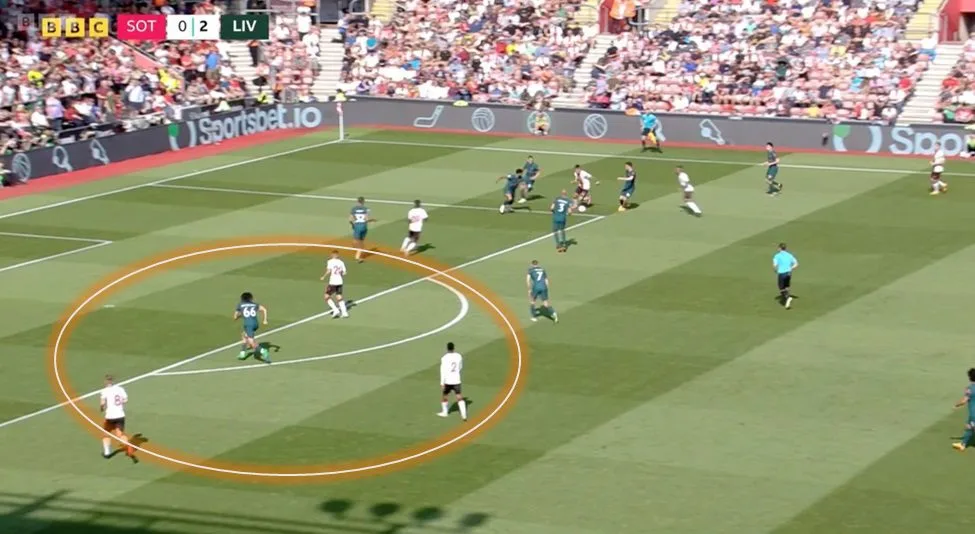
A similar scenario unfolded in Liverpool’s 2022-2023 Champions League encounter with Real Madrid, where Karim Benzema frequently drifted to the left, joining forces with Vinicius Junior to double up on Trent.
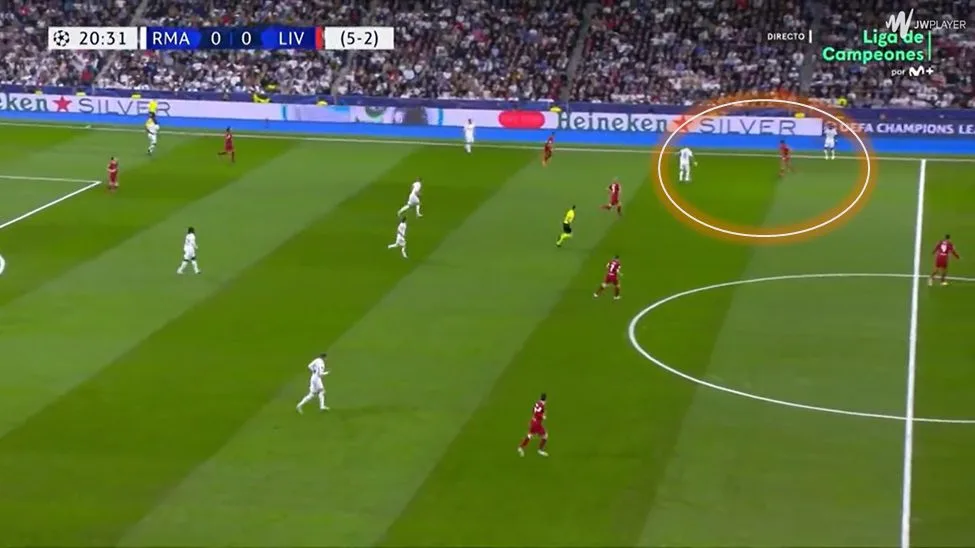
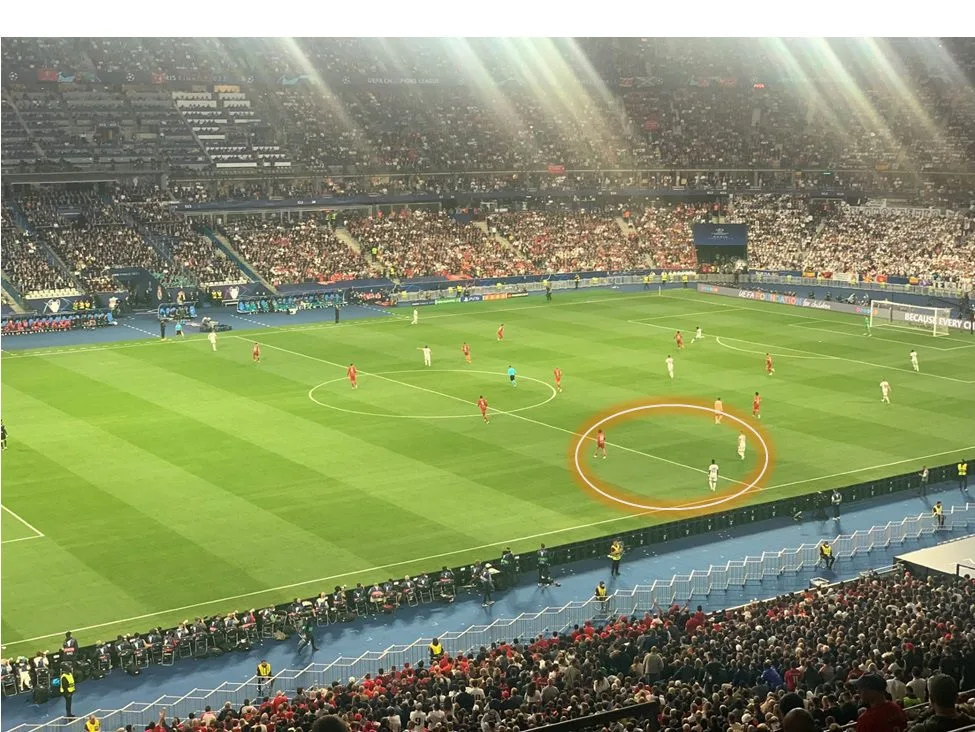
Despite these circumstances, a thorough analysis of Trent’s defensive statistics from the previous season reveals that the 25-year-old’s performance was not as poor as often perceived.
He executed 57 tackles, boasting a success rate of 70.18%, along with making 43 interceptions. These figures placed him 27th among all players in tackling and interception metrics. Furthermore, countering the perception that Trent is prone to errors, he made only two mistakes leading to opponent shots last season, fewer than Arsenal’s William Saliba.
Even more impressively, the Liverpool fullback achieved 239 ball recoveries, ranking him eleventh in the Premier League. This translates to an average of 7.35 loose ball recoveries per 90 minutes. Such statistics are not mundane; they demand exceptional speed, robust physicality, and an acute ability to read the game—qualities that Trent undoubtedly possesses.
Thriving in Better Conditions: Trent Alexander-Arnold
The question then arises: what would happen if Trent received adequate support from his midfield? This season provides an answer, particularly with Wataru Endo’s regular appearances and Dominik Szoboszlai filling the RCM position.
Now it has become clear that Liverpool’s resurgence this year has a lot to do with their midfield summer overhaul. But when specifically focusing on Trent, these enhancements have also been transformative for the players. The bolstered midfield not only provides better cover but also allows Trent to fully utilise his defensive and offensive skills, highlighting his invaluable contribution to the team.
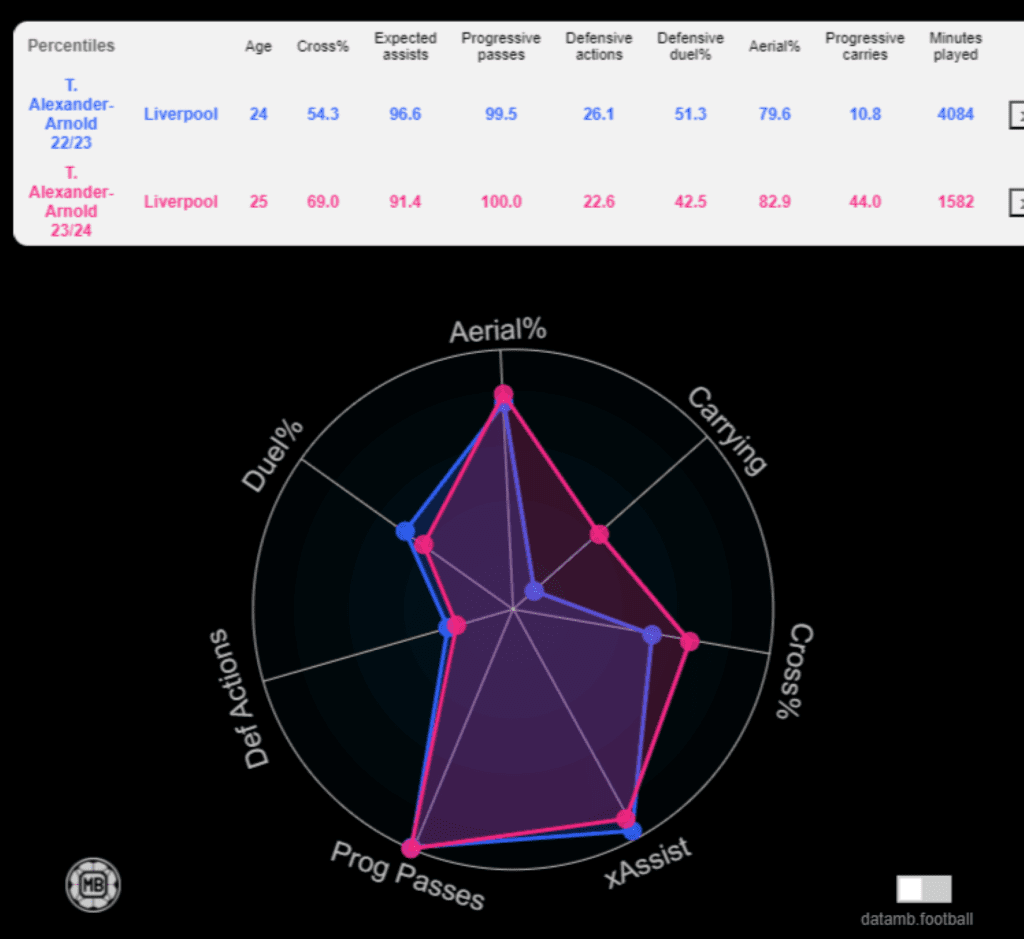
This graphic paints a compelling picture. Even at the midpoint of the season, Trent is rapidly approaching his previous campaign’s numbers in defensive actions and duel success rates. He has already won 18 tackles, surpassing Arsenal’s William Saliba, Manchester City’s Joško Gvardiol, and Manchester United’s Aaron Wan-Bissaka. In terms of interceptions, Trent ranks 13th among league defenders with 22. Moreover, he’s second only to Brentford’s Christian Nørgaard in recoveries, amassing an impressive 131.
These figures strongly counter the misconceptions about Trent’s defensive capabilities, though convincing some sceptics may still prove challenging.
66 is the New “10”
Now, let’s delve into what elevates Trent to the ranks of the world’s best players. While defending is a fullback’s primary duty, Trent’s role in Liverpool’s setup transcends traditional boundaries, thanks to a revolutionary tactical adjustment.
The “Trent Alexander-Arnold Inversion” is a testament to his exceptional technical skills, which have been a cornerstone of his success under Jurgen Klopp. Recall his early career, marked by dynamic runs down the flank and delivering pinpoint crosses – a testament to his unique right foot.
Klopp, recognizing Trent’s potential, sought to maximize his technical abilities, passing range, and vision. The solution was ingenious: an inversion of his role, integrating him more into midfield build-up and increasing his ball involvement. This tactical shift, reminiscent of Pep Guardiola’s strategies, allowed Trent to operate more centrally and influence the game beyond the confines of a traditional fullback.
This tactical tweak first became evident in the 2021-2022 season, particularly during Liverpool’s 3-1 victory over Newcastle, where Trent was granted the liberty to orchestrate play from central areas. The tweak became increasingly pronounced as the 2022-2023 season progressed, and this season, it’s fully realized, showcasing Trent’s multifaceted impact on Liverpool’s gameplay.
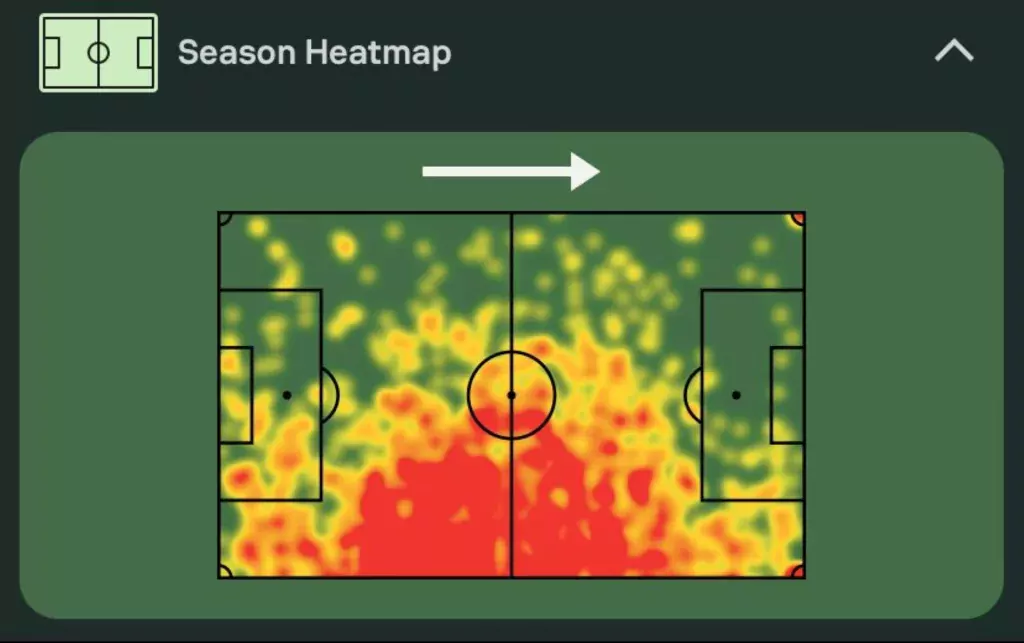
This heatmap reveals the extent of Trent Alexander-Arnold’s tactical freedom in Liverpool’s formation for the current campaign. With Ibrahima Konaté as the right centre-back covering the wide right areas, Wataru Endo anchoring the central midfield, and Dominik Szoboszlai’s tracking runs and bringing a missed tenacity, Trent has found more opportunities to influence the game, both from deeper positions and further up the pitch. This tactical shift has been groundbreaking, turning Trent into a central figure in Liverpool’s attack from various areas on the field.
The “Catapult”
Consider, for instance, when Trent drops between the center-backs. Freed from the constraints of the touchline, he can unleash precise long passes in behind, devastating any high-line faced. This strategy was notably effective against Arsenal in the league, where Trent’s perfectly timed long ball set up Mohamed Salah for a crucial equalizer.
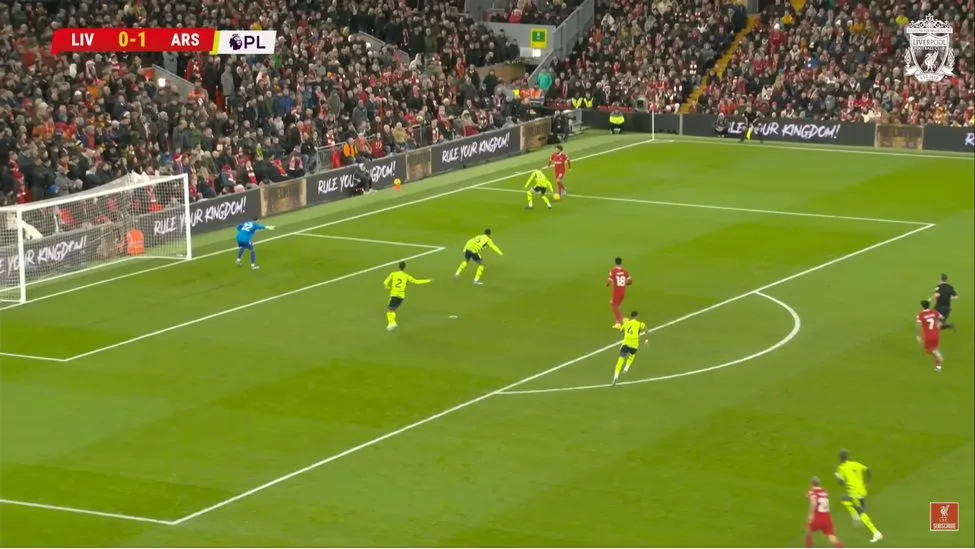
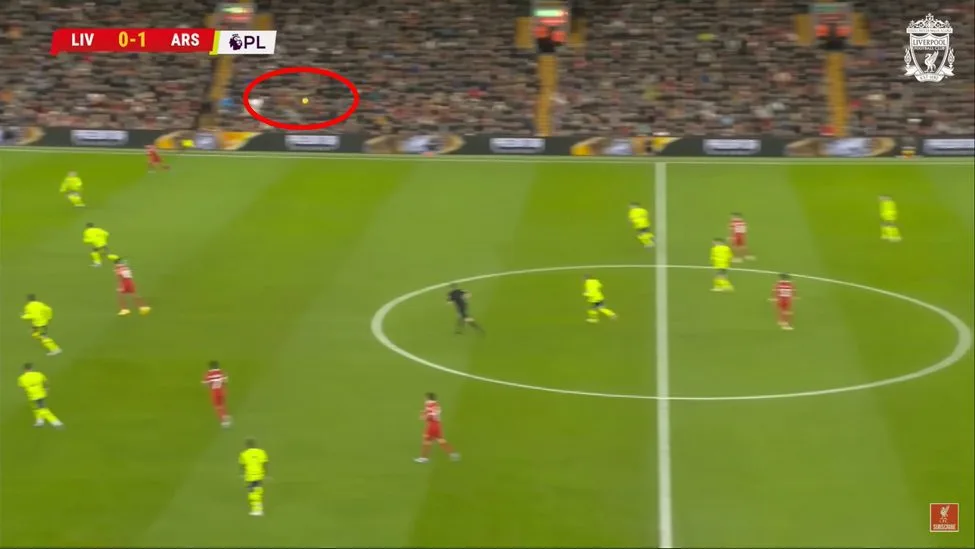
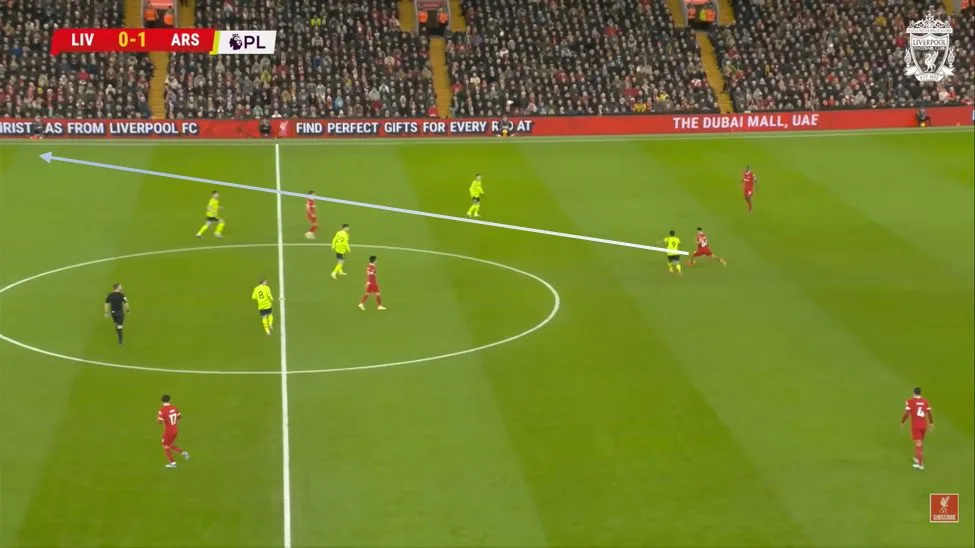
A similar impact was equally significant in Liverpool’s 3-0 victory over Aston Villa, where he broke down Unai Emery’s high defensive line with exceptional long-range passing. Completing 10 out of 14 long passes, Trent emerged as the player with the highest progressive passing distance in that match, covering 783 yards.
Furthermore, in Liverpool’s recent 2-0 FA Cup win over Arsenal, Klopp’s tactical shift in the second half involved using Trent as a ‘catapult’. The team switched from the central build-up to exploiting Arsenal’s flanks, with Darwin Nunez and Luis Diaz positioned on the wings and Trent targeting their runs.
This frequent use of Trent in such a role is reflected in the statistics – he currently ranks third, only behind Rodri and Declan Rice, for the most passes played into the final third, with a total of 136 passes.
However, Trent Alexander-Arnold’s prowess extends beyond his long-ball capabilities in transitions to his role in Liverpool’s settled build-up. This season, he ranks 18th in the league for the most completed passes, underscoring his capacity to dictate the game’s tempo and efficiently recycle possession. Having received the ball 1008 times further emphasizes his integral role in the team’s build-up play.
A Ball-Carrier By Nature
Yet, there’s more to Trent’s game. His inversion has unlocked an additional dimension – his skill in ball carrying. He has mastered the art of receiving the ball with his back to play, performing a swift turn, and then driving forward into space. In the league, Trent has executed 30 progressive carries and driven the ball 34 times into the final third, surpassing the likes of Marcus Rashford, Gabriel Martinelli, and even Heung-min Son in this regard. The earlier shared graph illustrates how this aspect of his game has significantly evolved from the previous season thanks to Klopp inverting him.
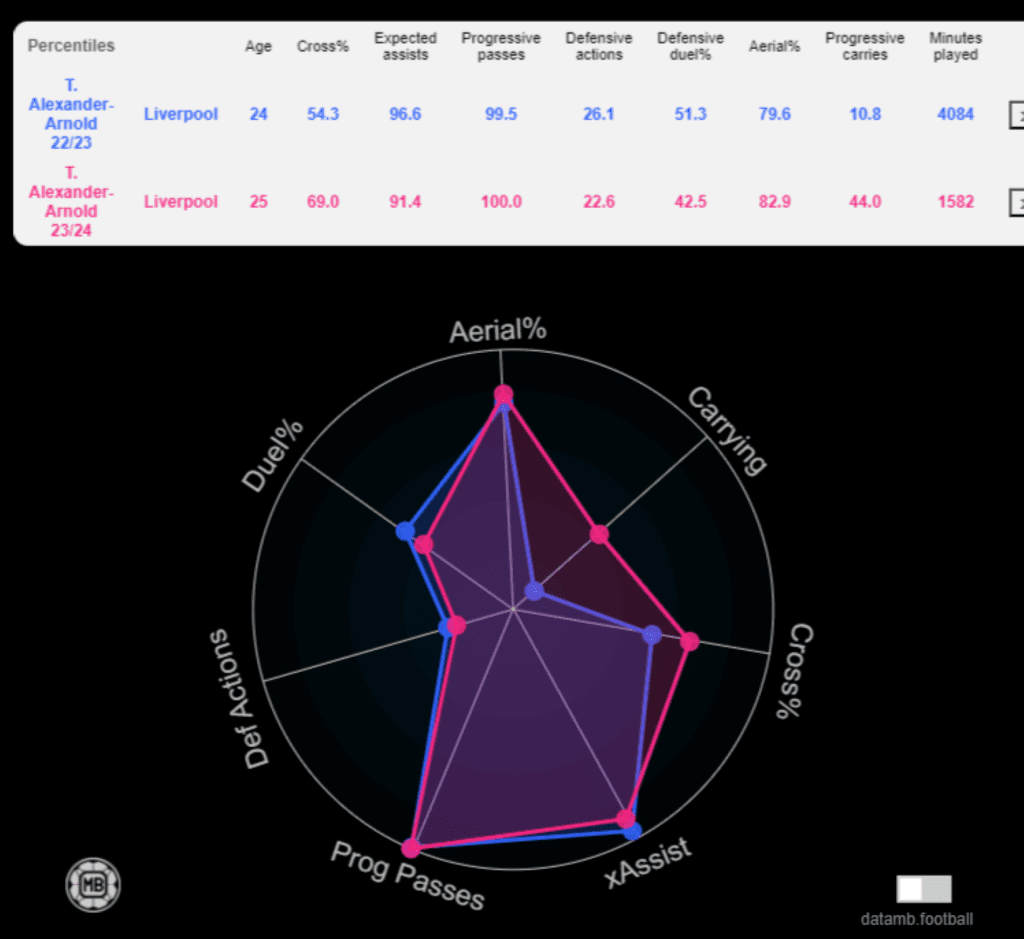
This improved passing and carrying abilities have also made Trent a more potent threat in terms of creating scoring opportunities. He ranks fourth in the league for shot-creating actions with 91, trailing only Bruno Fernandes, Bukayo Saka, and Martin Ødegaard. His 5.1 expected assists highlight the quality of his final third passes, setting up his teammates with optimal scoring chances.
A Crucial Piece for Klopp’s Geggenpress
This tactical inversion of Trent’s role serves dual purposes. It not only maximizes his potential but also assists Jürgen Klopp in refining Liverpool’s counter-pressing strategy. With Trent moving into central areas, a box-shaped midfield is formed, particularly in defensive transitions. Curtis Jones and Dominik Szoboszlai engage in the initial counter-press, while Trent and Wataru Endo provide a secondary line of defence. This structure enhances Liverpool’s ability to regain possession quickly and effectively.
This tweak has been pivotal in Liverpool ranking third for most tackles in the final third, with a total of 58. That’s already more than half the tackles made in the entirety of the 2022-23 season (112 tackles in the attacking third)
Trent’s exceptional season is not only a testament to his brilliance but also a significant contributor to Liverpool’s distinctive playstyle.
Concluding Thoughts
Addressing the debate about the best player in Liverpool’s squad, it’s undeniable that Mohamed Salah is a star. However, it’s crucial to recognize that both Salah and Trent are vital cogs in Jürgen Klopp’s well-oiled machine, as well as other players.
Each player impacts the team’s dynamics in unique ways. While Salah often grabs the headlines, Trent’s contribution is equally invaluable. The was evident during the FA Cup match against Arsenal, particularly with Salah’s absence.
Unfortunately for the Reds, with now Trent sidelined due to injury, there’s an anticipated decline in Liverpool’s creative output, especially in terms of generating opportunities from deeper and central positions.
Read More Attacking Football:
- Who Is Amad Diallo? Unravelling The Story Of Manchester United’s Rising Star
- My Tactical Sunday: Chelsea vs Manchester City
- The Problem With Erik ten Hag
- How Many People Play Fantasy Premier League (FPL)?
- Kaide Gordon: What Has Happened With Liverpool’s Promising Star?


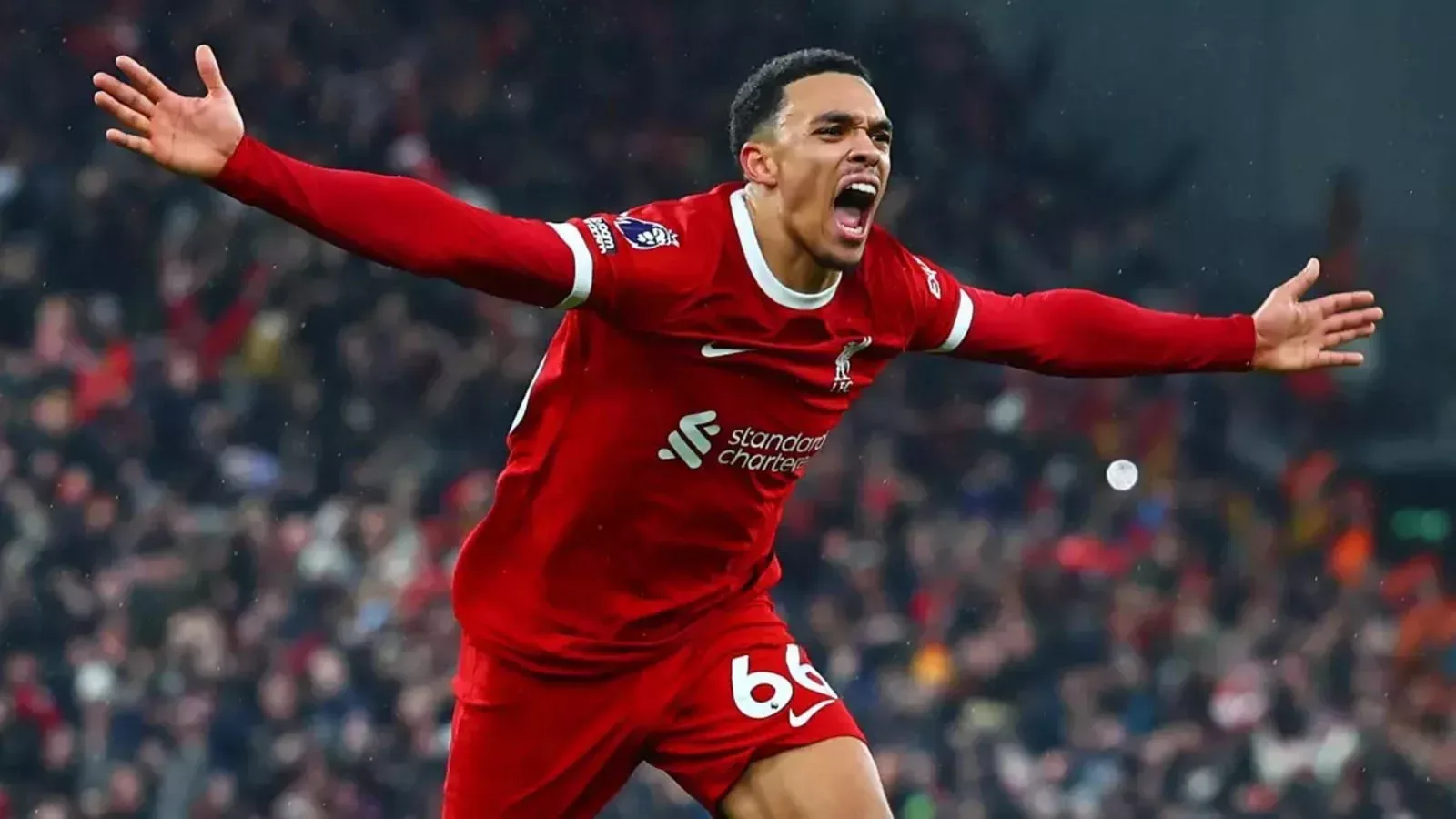
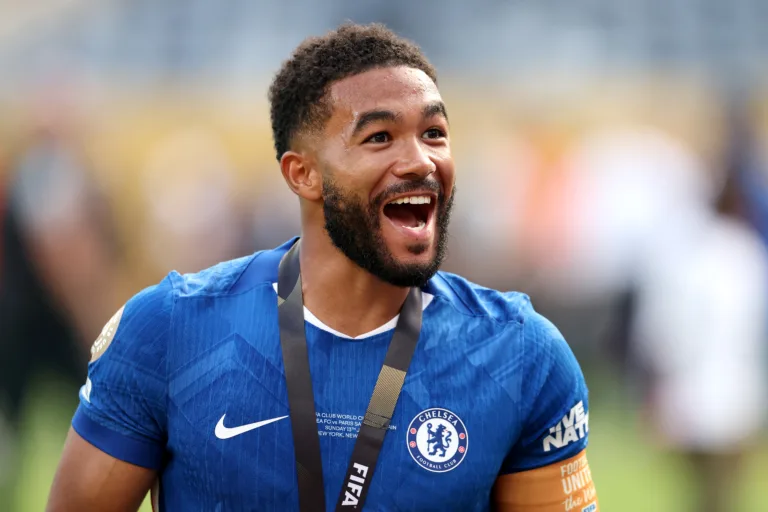
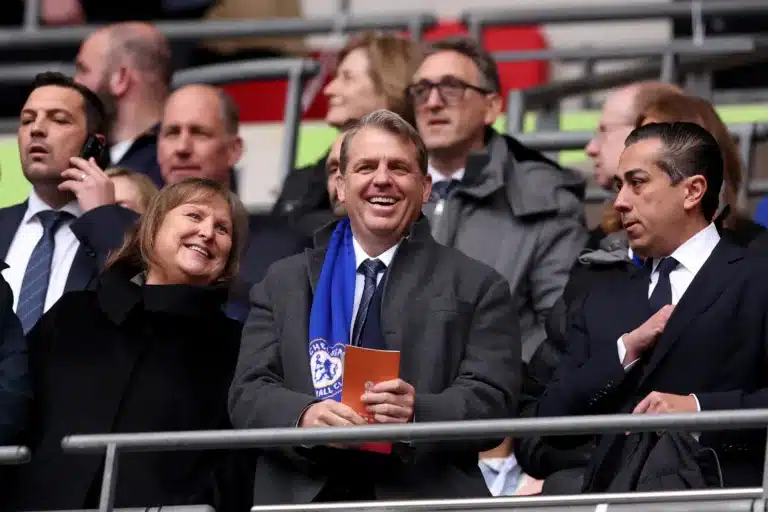
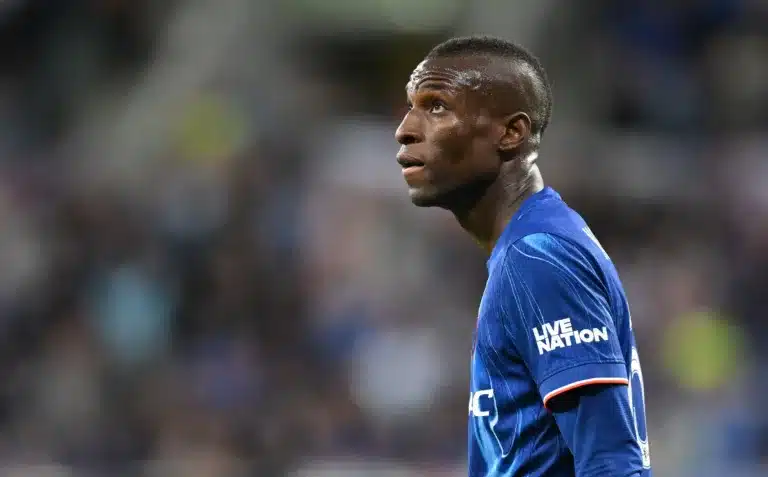
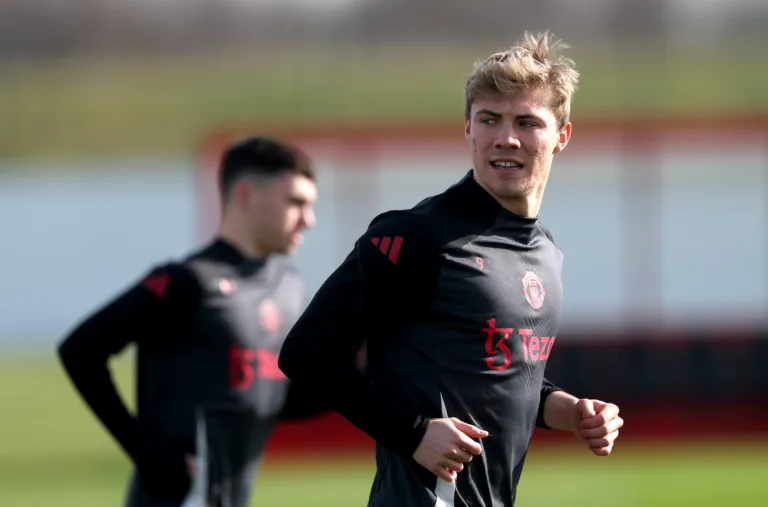


3 Comments